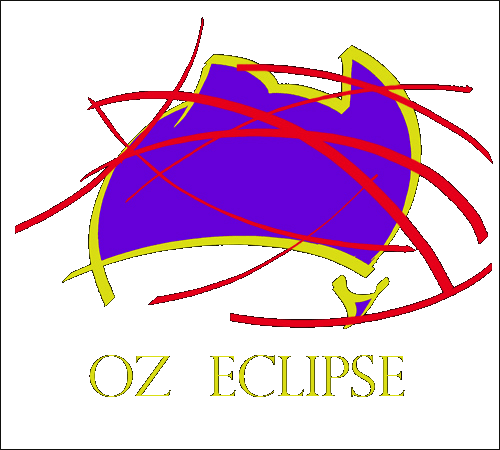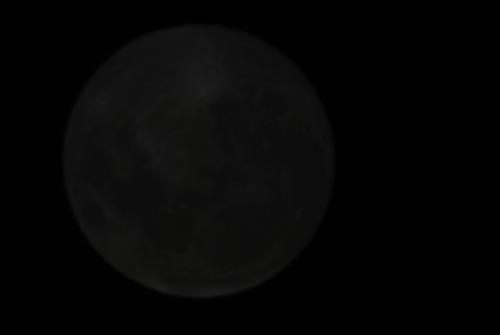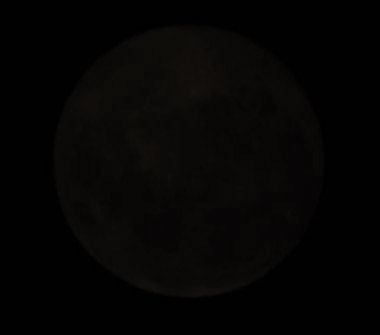
 |
WAITING FOR THE
SHADOW
SOLAR AND LUNAR ECLIPSE OBSERVINGHOME PAGE |
|
|
|
|
|
|
|
|
|
 |
Total Lunar Eclipse on June 4th, 1993 The darkest eclipse? |
|

|
For three weeks before this eclipse, I was busily engaged in fieldwork in the Great Sandy Desert in Western Australia. We needed an extra field hand on the trip so I engaged my good friend Greg Bond from Brisbane. Greg and I have collaborated on all things astronomical since becoming friends in the early 80's.
The environmental survey trip involved travelling the Canning Stock Route taking samples from salt lakes and sand dunes. The trip took some weeks and we arrived back in Canberra on the afternoon of June 4th. It was cloudy in Canberra. Greg didn't have time to return to Brisbane where the June weather is frequently clear. June is not Canberra's clearest month by ny stretch of the imagination. It was cloudy in Canberra. Greg was not happy. The eclipse was due to start mid-evening. At about 6pm it began raining very heavily. We resigned ourselves to missing another one. Whenever Greg and I manage to get together for lunar eclipses, or anything else for that matter, the weather rarely cooperates. We each like to blame each other.
We quickly set up my equatorial mount as the eclipse started. I attached a 60mm refractor (visual) and a 500mm f 4.5 lens & SLR.
Totality began. All looked normal until the Moon moved into the core of the Earth's umbral shadow cone. To our amazement, as it entered the deep umbra, most of the colour drained out of the Moon and it went dark. Very very dark. It had a faint charcoal brown tinge to it. I'd told my neighbours to come over to watch the eclipse with us. They arrived mid-totality and asked where it was. I said"It's an eclipse of the Moon." As I expected, the Moon was so dark they couldn't recognise that the Moon was in the sky. They asked when the Moon was going to rise. The Moon was so faint that we had to point it out to them. The house I was renting at the time was only 2km from the city but despite the location light pollution wasn't too bad. The Milky Way was clearly visible from the backyard. The limiting magnitude was around 5±0.3. I went inside the house to get something. When I came out, my eyes were readjusting to the dark. I couldn't find the Moon until my eyes adapted. Incredible! We'd each seen many lunar eclipses yet we'd never seen anything like this.
The explanation lay back here on Earth. Two years earlier in the Philippines, Mt Pinatubo erupted. The powerful eruption threw enormous quantities of dust and aerosols into the upper atmosphere. It even slowed global warming for a couple of years. There it stayed for the next couple of years. We experienced a couple of years of spectacular sunsets with unusual magenta hues. This dust moved right around the globe and absorbed more light than usual making the Moon unusually dark. I doubt I'll ever see another lunar eclipse as dark as this unless the circumstances are reproduced.
The illustration at right attempts to recreate the brightness and contrast of the mid-eclipses Moon against the background sky. We took photos of the eclipse but because the Moon was so dark, the exposures needed to be very long. A 30 sec exposure, 500mmf4.5, ISO 400 barely showed up the Moon. Some longer exposures did show the image but the drive was not good quality and we had no time for polar alignment so there was significant image drift.
After the eclipse, we made a few phone calls. Brisbane was completely clouded out and I think Sydney & Melbourne might have missed out as well. If Greg had returned to Brisbane, he would have missed it too.
Joe Cali
|